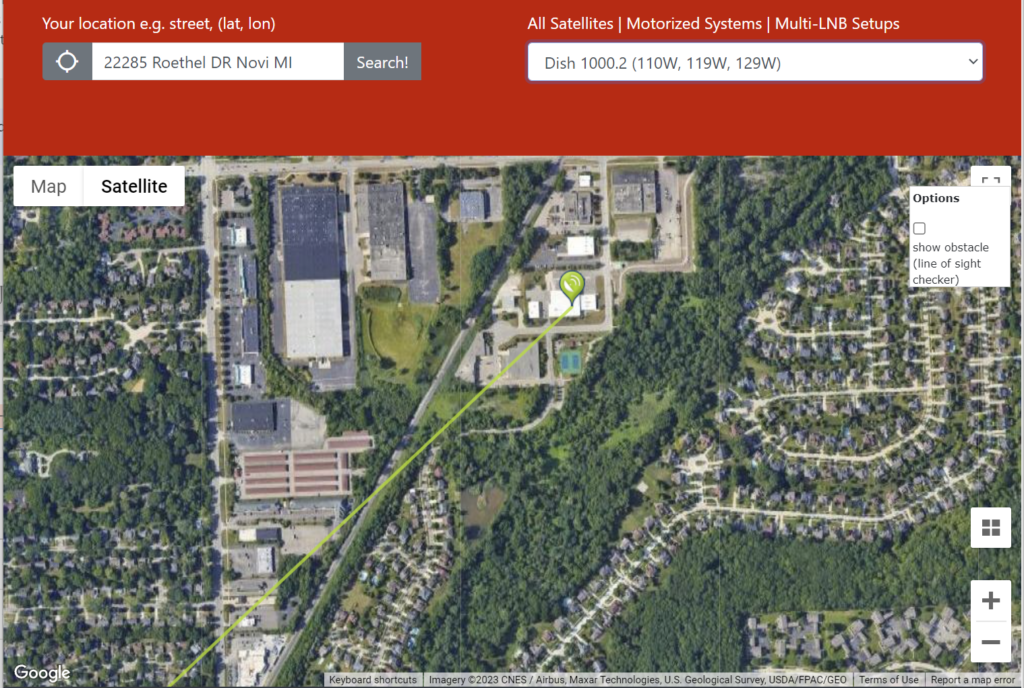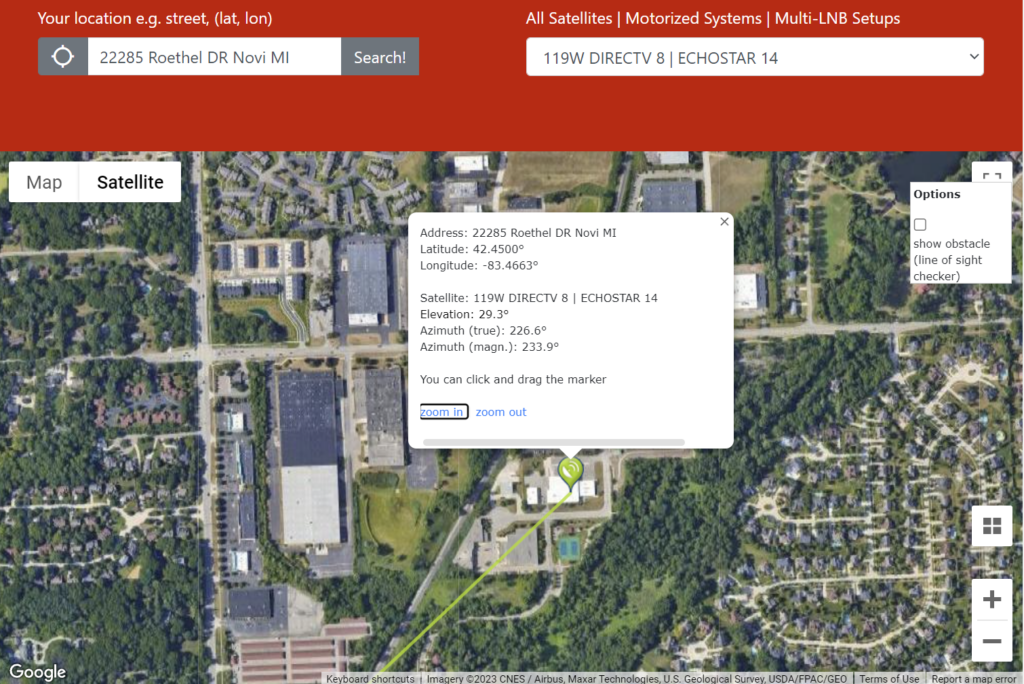Line of sight. You’ve probably heard the term. It’s a pretty simple idea actually. Antennas work best when there is nothing between them and the thing that’s doing all the transmitting.
RF signals do a decent job traveling through trees and walls, but not such a good job traveling through hills. Hills are a lot more substantial and have iron and other minerals in them that deflect RF signals. These signals are attenuated (in other words they lose strength) every time they travel through anything, even open air. That’s part of the reason that an indoor antenna doesn’t work as well as an outdoor one. The walls attenuate the signal. In fact, everything that comes between a broadcast tower and a receiving antenna will attenuate it. Some materials attenuate the signal more than others.
When should you worry about line of sight?
If you’re worried about getting good reception from a TV station 10 miles away, you don’t have to worry about line of sight. What about if you are 50 miles from the broadcast towers, or over 22,000 miles from a satellite? Signals also lose power over distance so in a case like this the best bet is to make sure you have a clear “line of sight.” With satellite signals, even a tree will block enough signal to stop reception. Those signals are just that weak.
Poor line of sight can cause you to lose signal, especially when the weather gets bad. (Snow and rain also attenuate the signal.) While you need an expensive meter to figure out the exact line of sight, you can do a pretty good job with just a cheap compass or smartphone app.
How to determine line of sight
For antenna line of sight, start with a site like antennaweb to find out the compass headings for your local stations. Most likely they are near the closest major city. From there you can go to Google Maps and get an overhead view. This will give you a basic idea of what’s standing between you and the towers. If you want to be more precise, go up on the roof. Stand where the antenna is and point yourself in those directions. Do you see blue sky, or do you see something else? Blue sky good, something else bad. If the something else is far in the distance it may not be as big of a problem as something nearby.
What about satellite TV?
There’s an easy way to get line of sight for satellite TV. There’s a site called dishpointer. It will let you enter your address and the satellites you’d like to see. It doesn’t look at elevation, but it will give you an overhead view of the path the satellite signals need to travel.

To get to DIRECTV and DISH signal paths, scroll all the way down on the list. If you have DIRECTV, choose “DIRECTV SL3.” For DISH Western Arc, choose DISH 1000.2. For DISH Eastern Arc, choose DISH 1000.3. You’ll get one line. If you really need to get specific you can choose a single satellite. Clicking on your location will tell you more.

Need more help?
If you’re planning an antenna or satellite installation, call the experts! Solid Signal has over 20 years’ experience helping folks like you. Call us during East Coast business hours at 888-233-7563 and we’ll take care of you. Call, or if it’s after hours, fill out the form below.




